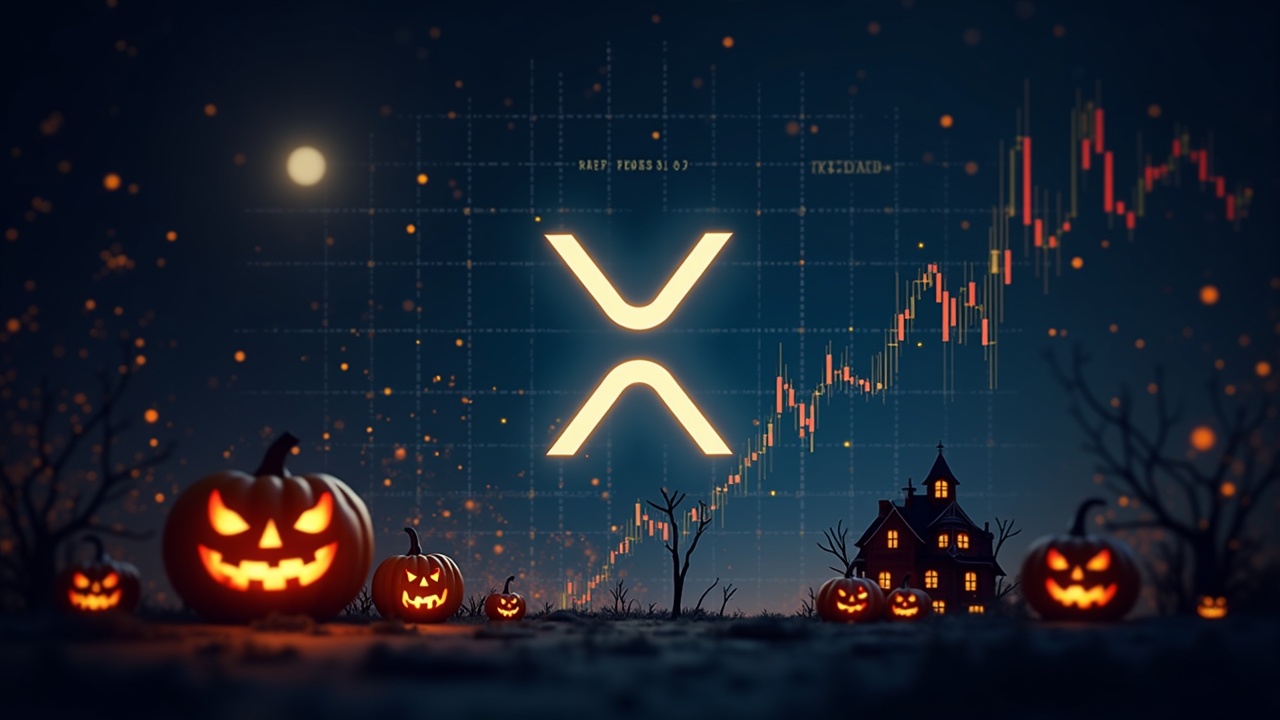The Legal Overhang is Lifting
A significant barrier for institutional adoption has been the long-running legal battle between Ripple and the U.S. Securities and Exchange Commission (SEC). This lawsuit, which began in December 2020, created regulatory uncertainty that made many corporate treasuries and large funds cautious about engaging with XRP.
The case reached a critical point in August 2025 when both sides dropped their appeals, effectively concluding the litigation. Ripple agreed to a $125 million civil penalty, a figure substantially lower than the SEC’s original $2 billion demand. This resolution provides the regulatory clarity the market has been seeking. The court’s earlier distinction, which found that institutional sales of XRP were securities while programmatic sales on exchanges were not, now stands, giving XRP a unique and clearer status among digital assets. This clarity is a foundational step in building institutional confidence.
The Spot ETF Catalyst on the Horizon
With the legal cloud clearing, the focus intensifies on the potential for a spot XRP Exchange-Traded Fund (ETF). Such a product would allow investors to gain exposure to XRP through traditional, regulated stock markets without directly holding the asset, significantly broadening its accessibility.
Market momentum for this is building. As of late September 2025, there were 13 active XRP ETF filings with the SEC from major institutions like Grayscale and Franklin Templeton. While the ongoing U.S. government shutdown has caused some delays in the review process, the underlying institutional interest remains strong . The first U.S. spot XRP ETF, the REX-Osprey XRP ETF, has already launched, demonstrating the viability of such products. Approval of more ETFs could unlock billions of dollars in new capital, creating substantial buy-side pressure on the available supply of XRP.

Building a More Robust Ecosystem
Beyond regulation and financial products, the XRP Ledger (XRPL) continues to evolve technically to meet institutional needs. A major upgrade in September 2025 activated the “Credentials” amendment (XLS-0070), which adds a native, standards-aligned identity layer to the protocol. This feature allows for on-chain Know Your Customer (KYC) and Anti-Money Laundering (AML) attestations, enabling regulated entities to enforce compliance gates directly on the ledger while respecting user privacy.
This enhancement is a critical step towards building institutional-grade rails, making the network more attractive for banks and financial service providers. It complements Ripple’s ongoing work in cross-border payments and the development of its RLUSD stablecoin, collectively strengthening the utility argument for XRP.


